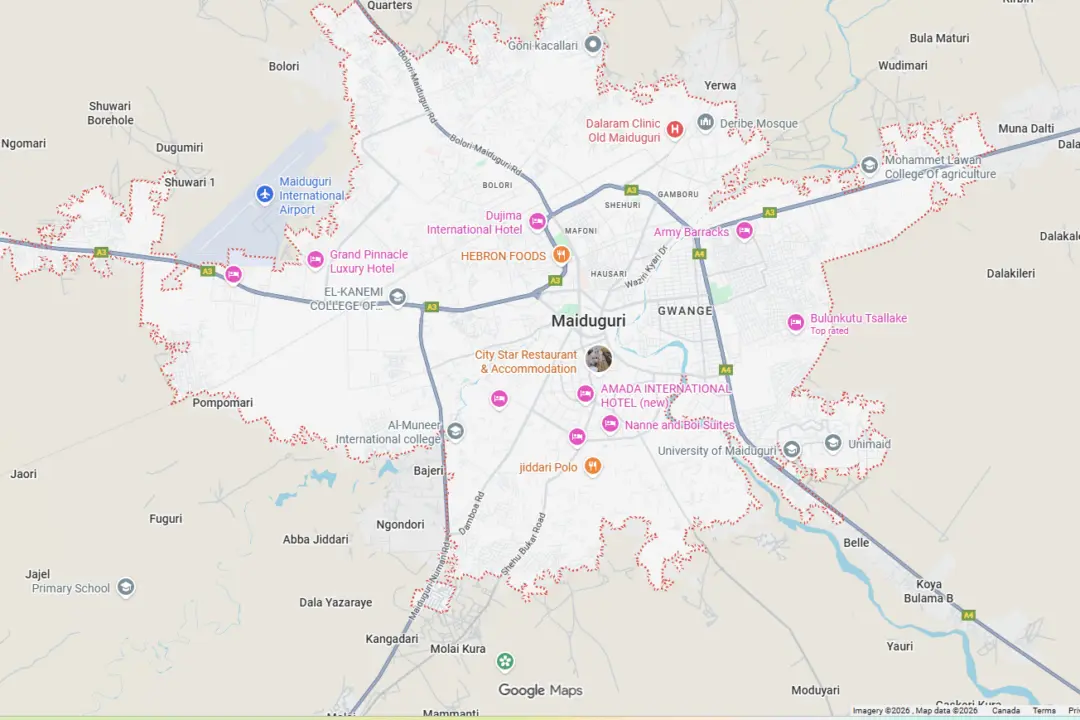Jazz Pharmaceuticals PLC said on Thursday its sleep disorder drug Xywav received regulatory approval for the expanded use in patients suffering from excessive daytime sleepiness despite a good night’s sleep.
Xywav is currently approved in the United States for the treatment of excessive daytime sleepiness and sudden loss of muscle tone in patients aged seven or older with a neurological disorder called narcolepsy.





